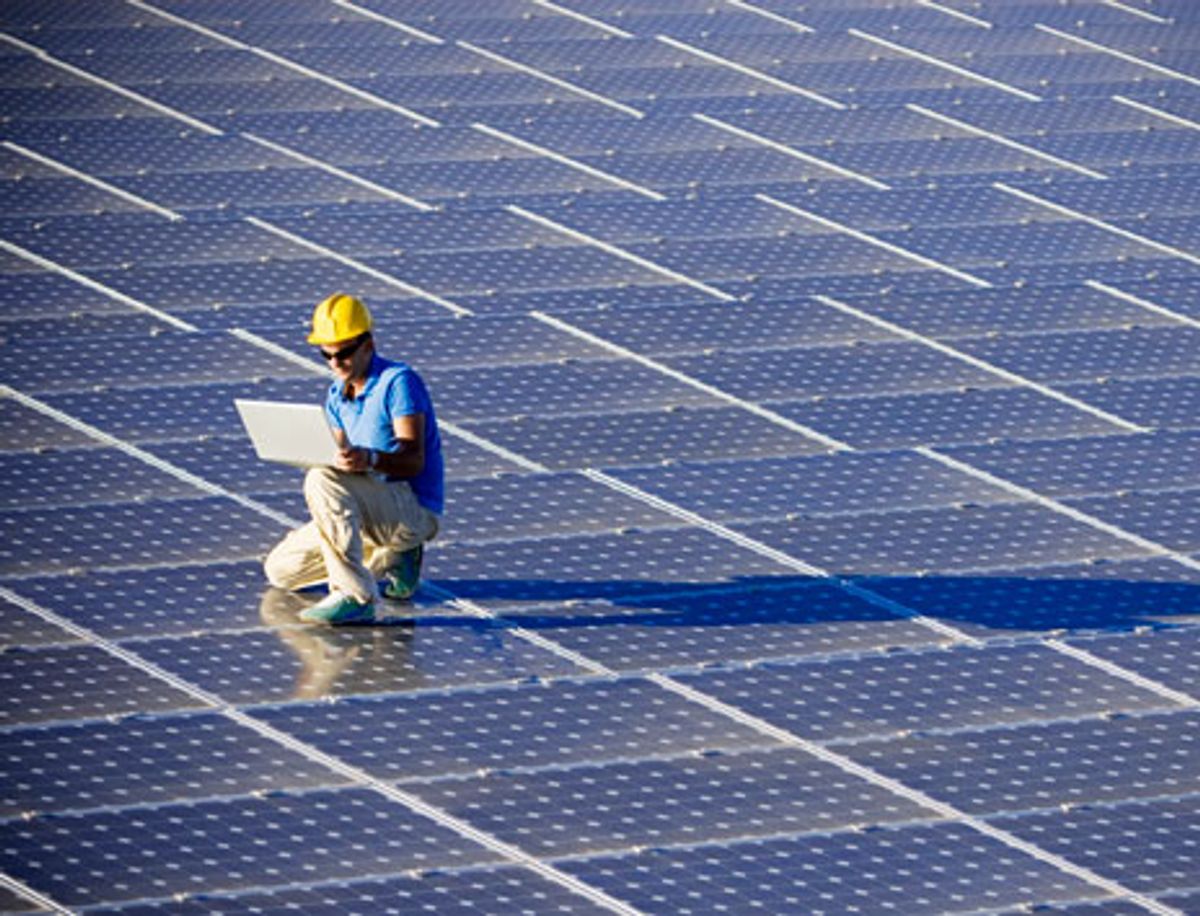A recent report by researchers at Lawrence Berkeley Laboratory reports a rather sharp drop in photovoltaic installation costs in the first half of 2010, which may revive talk about a kind of Moore's law at work in solar energy. The report, however, does not find a steady decrease in costs, as the alleged law has predicted, and the reasons for the recent decline appear to have more to do with business cycles than with technological progress.
The authors found that in 2008 and 2009 costs held steady at about $7.50 per installed watt. Based on a study of the largest PV system incentive programs in the United States, they determined that installation costs dropped $1.20/W from 2009 to the first six months of this year. Surveying 78,000 grid-connected PV systems built between 1998 and 2009, they found an average annual reduction of $0.30 in real dollars, or 3.2 percent per year--good, but not earth-shattering.
Referring to the sharper decreases this year, one of the report's authors said that during the four previous years, costs stayed rather flat because a fast-growing global market put upward pressure on both module and non-module prices. "This dynamic has now shifted, as expanded manufacturing capacity in the solar industry, in combination with the global financial crisis, led to a decline in wholesale module prices." Though the lower installation costs are primarily associated with lower module prices, non-module costs--labor, marketing, overhead, inverters, and balance of system--also are important.
Curiously, the authors do not highlight the role of China, despite its conspicuously growing role as a low-labor-cost supplier of PV materials and modules in national and regional markets where solar is heavily subsidized. A year ago, Applied Materials--the leading supplier of PV panel manufacturing equipment--announced it was setting up its main solar R&D lab in China, reflecting that role.



